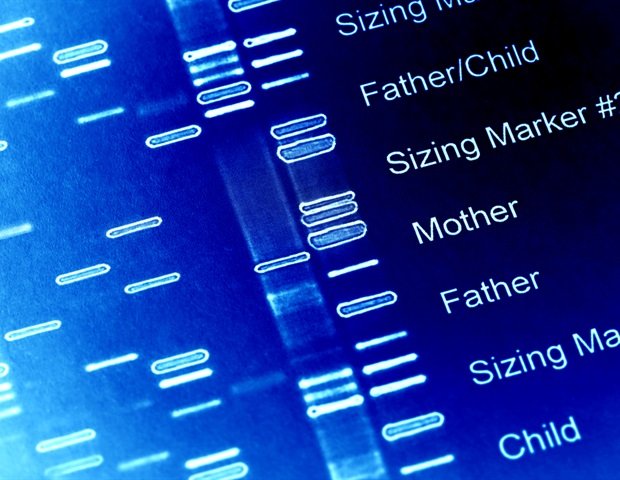A collaborative effort between researchers at the National Institute of Allergy and Infectious Diseases of the National Institutes of Health (NIAID) and Massachusetts General Hospital (MGH), a founding member of the Mass General Brigham Health Care System, is demonstrating the potential of precision genome editing technologies, called adenine base editors, to correct disease-causing mutations in stem cells from patients with X-linked chronic granulomatous disease (X-CGD), a rare genetic disorder characterized by high susceptibility to infection. The findings are published in Science Translational Medicine.
Patients with X-CGD experience recurrent invasive infections, hyperinflammation and inflammatory bowel disease, with increased morbidity and early mortality. The research team sought to optimize gene editing approaches to correct X-CGD mutations and develop a safe and effective treatment for the condition.
The study, led by first authors Vera Bzhilyanskaya, postdoctoral fellow at NIAID, and postdoctoral researcher Linyuan Ma, PhD, at MGH, grew out of a long-term collaboration between the laboratories of Suk See De Ravin, MD, PhD, senior investigator and lead of the Gene Therapy Development Unit at NIAID, and Benjamin Kleinstiver, PhD, researcher in the Center for Genomic Medicine and Department of Pathology at MGH, and Kayden-Lambert MGH Research Scholar.
We are excited about using base editing to directly correct mutations, as this approach differs from traditional gene therapies that overexpress a corrective gene. Our results demonstrate how the improved capabilities of CRISPR-Cas9 engineering enzymes can be beneficial and together motivate additional studies using key editors to correct other mutations that cause innate immune errors and other diseases.”
Benjamin Kleinstiver, PhD, researcher in the Center for Genomic Medicine and Pathology Department at MGH
In their research, the De Ravin and Kleinstiver labs and colleagues took hematopoietic stem cells and progenitor cells from two patients with different X-CGD-causing mutations and then treated the cells with various adenine base editors to correct any mutation in CYBB gene. Progenitor cells are stem cells found in the bone marrow that can self-renew and differentiate into mature blood cells. The approach was highly efficient, yielding more than 3.5 times that of previous approaches and with minimal off-target effects.
The scientists noted that adenine base editors may overcome many of the challenges associated with other gene therapy approaches because the therapy is better tolerated by cells compared to Cas9 nuclease-based approaches, as base editors allow for correction of native genomic sequence without permanent introduction of new genetic material into cells (thus may have reduced risks compared to lentivirus-based gene therapies) and with highly versatile CRISPR-Cas9 enzymes can access a wider number of target sites and therefore they can in principle correct many different genetic mutations.
Based on the team’s findings, a first-in-human clinical trial is now underway to test the potential benefits of base-engineered stem cell therapies in patients with X-CGD.
Source:
Journal Reference:
Bzhilyanskaya, V., et al. (2024) High-fidelity PAMless basal processing of hematopoietic stem cells for the treatment of chronic granulomatous disease. Science Translational Medicine. doi.org/10.1126/scitranslmed.adj6779.
